|
Ideas for you and your family to incorporate science, technology, engineering, arts and math in your home! Follow along as we give you step-by-step directions on how to make your own terrarium. You’ll find additional resources to make a lesson plan for students of all ages at the end of this article! Thank you Megan Duesterhaus-AuBuchon for providing this fun activity. Terrarium facts & tips: Terrariums are a fantastic option for a low maintenance, primarily self-sustaining indoor planter. In a closed system, the water inside the container will continuously evaporate and water the plants each time. Additionally, dead growth from the plants provides a food source. Closed containers are best for plants that thrive in high humidity. If your terrarium is going to utilize succulents, it’s best to leave the container open. Activated charcoal keeps water fresh and keeps bacterial growth under control. In a closed container, it keeps the terrarium from becoming foul smelling. You can use any plants that grow well in a small space and can manage high humidity and temperature changes. It is even possible to source plants from your yard – including “weeds.” Choose plants small enough to fit in the container without touching the sides. Materials:
Glass container with or without top Small stones or pebbles Horticultural charcoal Potting soil Live moss (optional) Terrarium plants Decorative elements (dragon figurine off Amazon and geodes from a previous expedition) Small gardening tools (we used a serving spoon) Ruler Instructions: 1. Pour small stones or pebbles into the bottom of the container. This layer should be one and one half inches thick 2. Add a layer of activated charcoal that is about one fourth of an inch thick 3. Add a two and one half inch layer of potting soil 4. Add plants. Make a hole using your garden tools. Settle the plant into the potting soil. 5. Install moss. The brown side should be facing down. 6. Add decorative elements. 7. Water gently by spraying the dirt, not the plants Terrarium care: Mist once every seven to 12 days for a closed terrarium. Open terrariums will require more water. If heavy condensation develops inside the container, take off the lid and wipe down the inside walls with a paper towel. When plants begin to crowd each other, you will need to prune them. Make sure your terrarium is placed in a location that gets adequate sunlight. You may need to rotate the container occasionally to keep plants from leaning to the side. Related activities: Since we put a dragon in our terrarium, we read Dragons Love Tacos by Adam Rubin. Our terrarium making playlist included: - Lindsey Sterling, “Beyond the Veil” - Perry Gripp, “It’s Raining Tacos” - Ed Sheer, “I See Fire” - Imagine Dragons, “Believer” - The Beatles, “Here Comes the Sun” - Tom Petty, “Wild Flowers” - Radio Head, “Lotus Flower” - Flaming Lips, “Can’t Stop the Spring” - Led Zeppelin, “The Rain Song” - Suzuki Violin Book 1, “May Song” Arts Quincy is America’s First Arts Council and depends on the generosity of donors like you! If you’d like to support our mission to bring arts access to the community for as little as $5/month, please visit artsquincy.org/support-us.
1 Comment
2/6/2023 12:17:14 pm
Ideas for you and your family to incorporate science, technology, engineering, arts and math in your home! Follow along as we give you step-by-step directions on how to make your own terrarium. You’ll find additional resources to make a lesson plan for students of all ages at the end of this article! Thank you Megan Duesterhaus-AuBuchon for providing this fun activity.
Reply
Leave a Reply. |
Archives
June 2024
Categories |

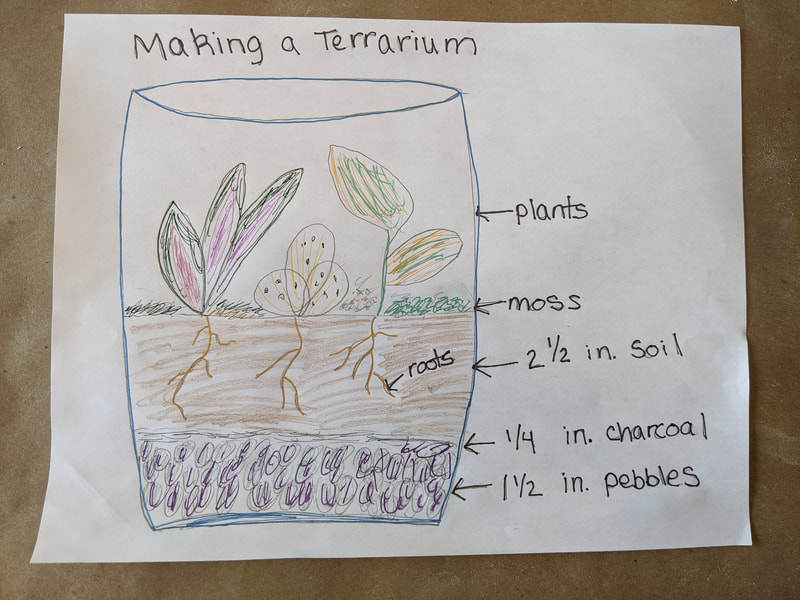
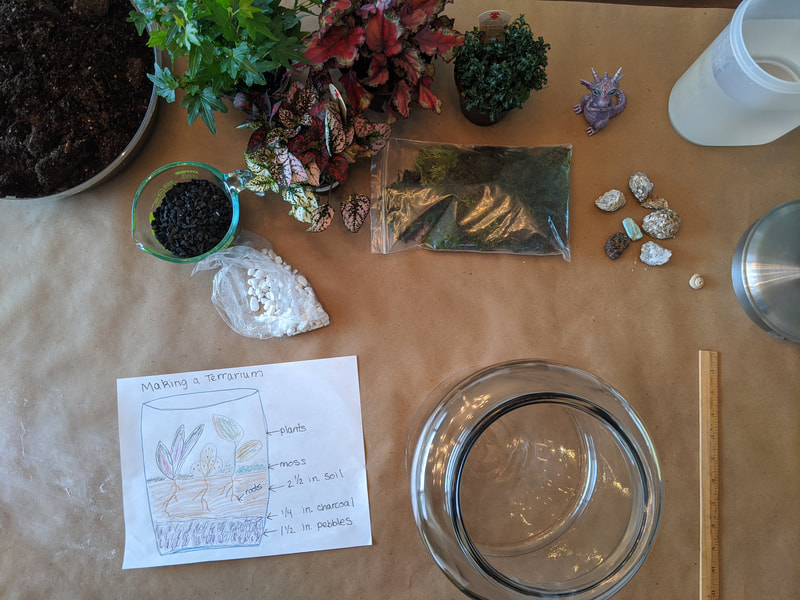
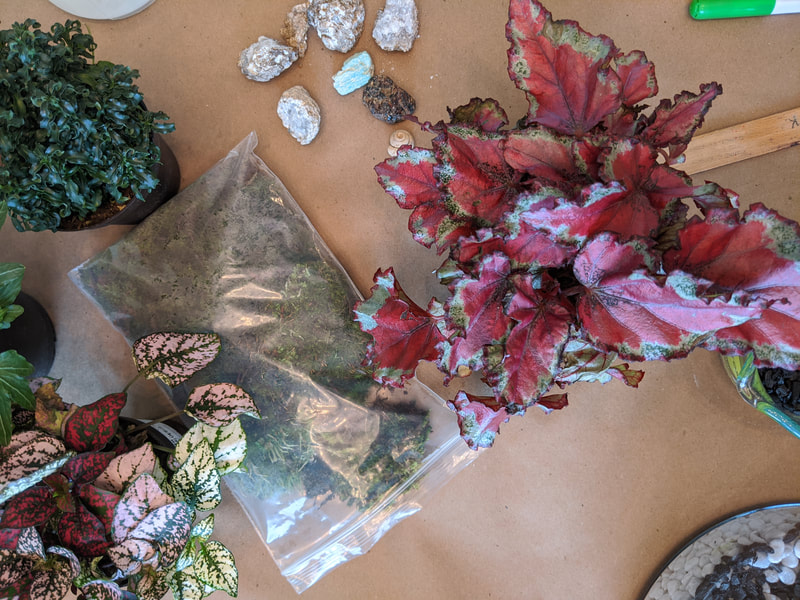

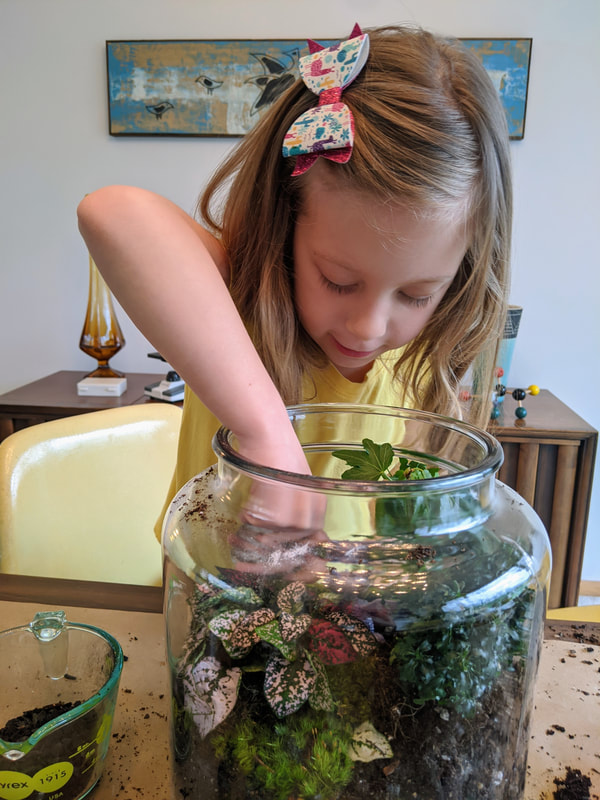

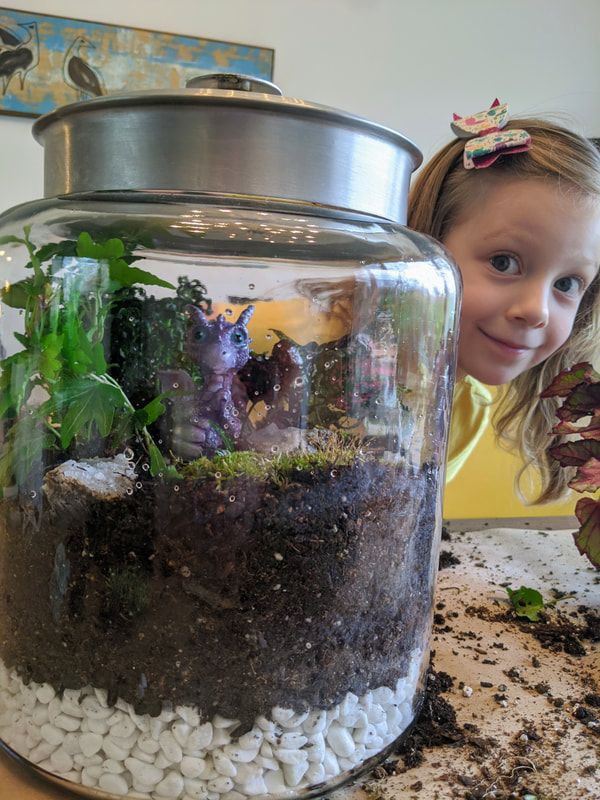
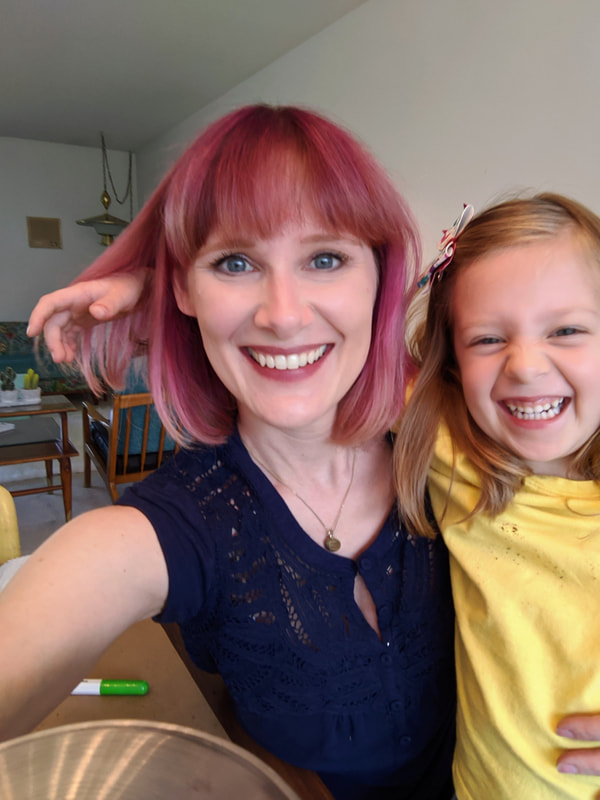

 RSS Feed
RSS Feed
